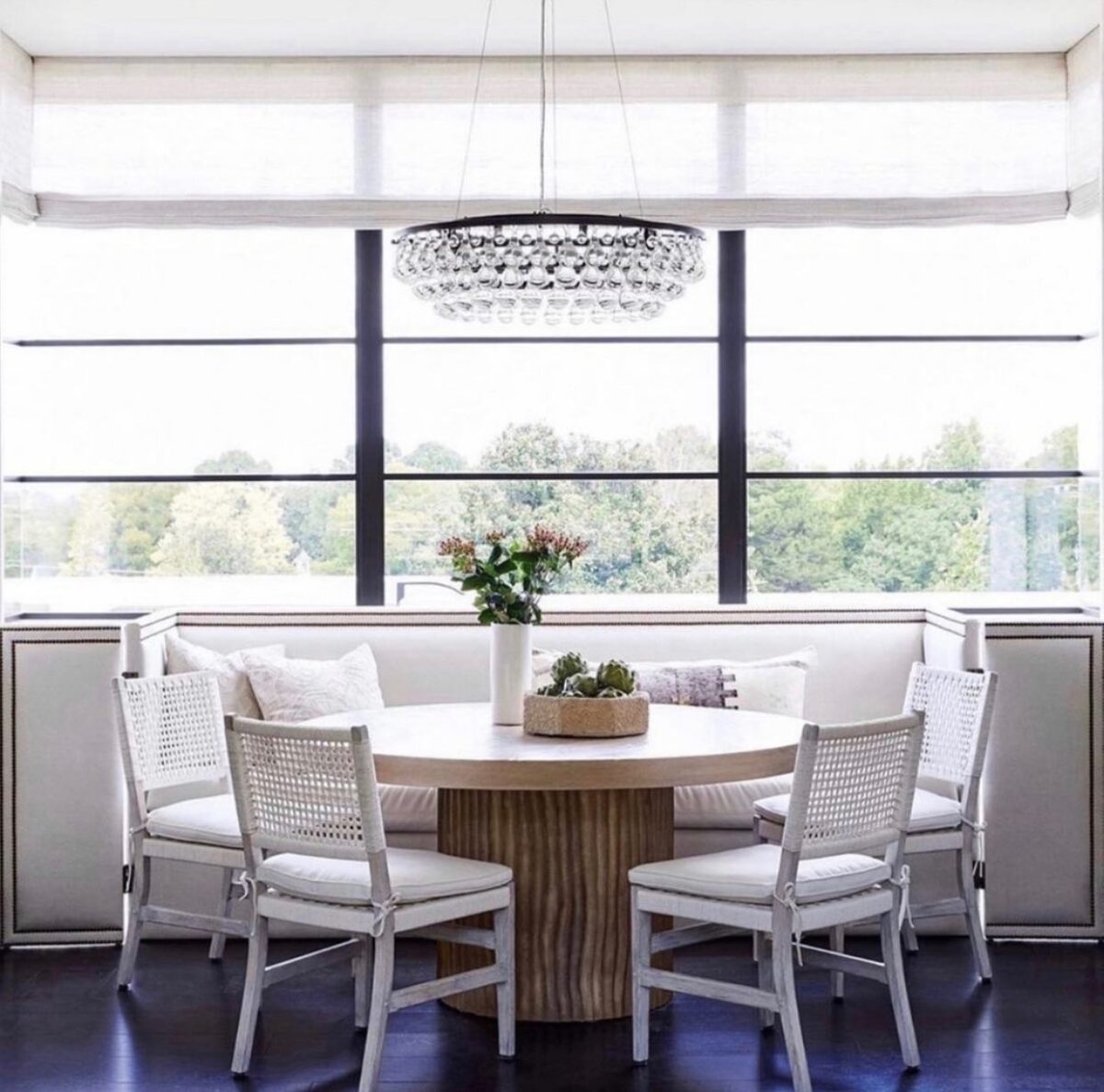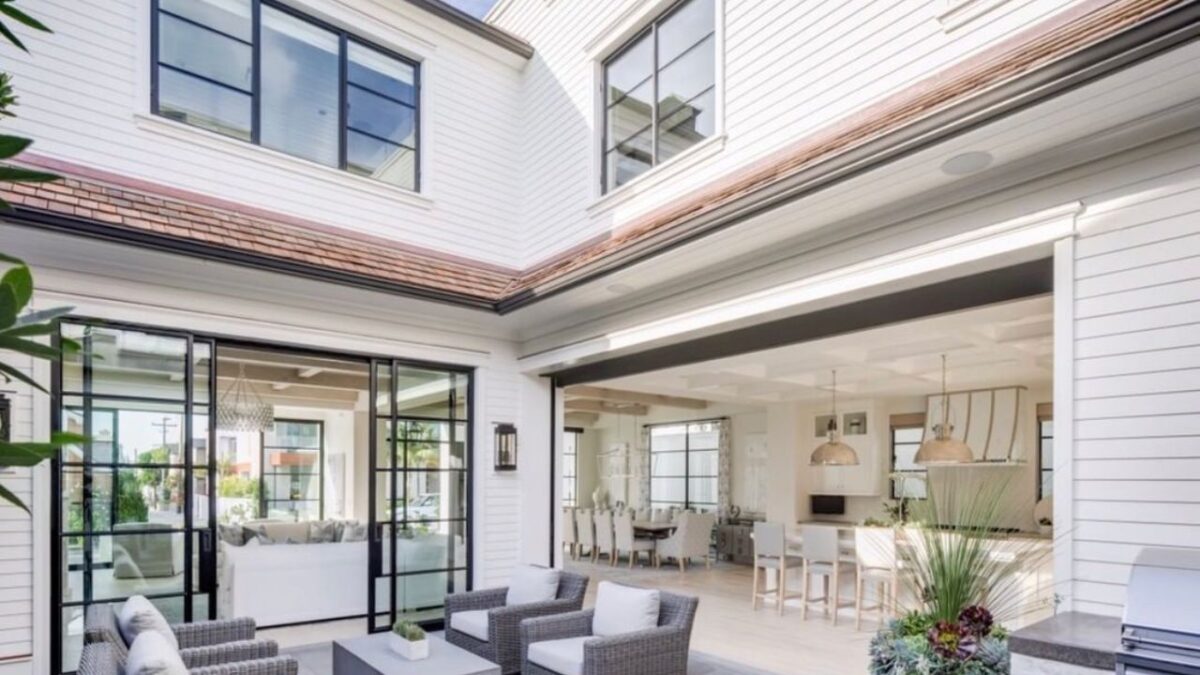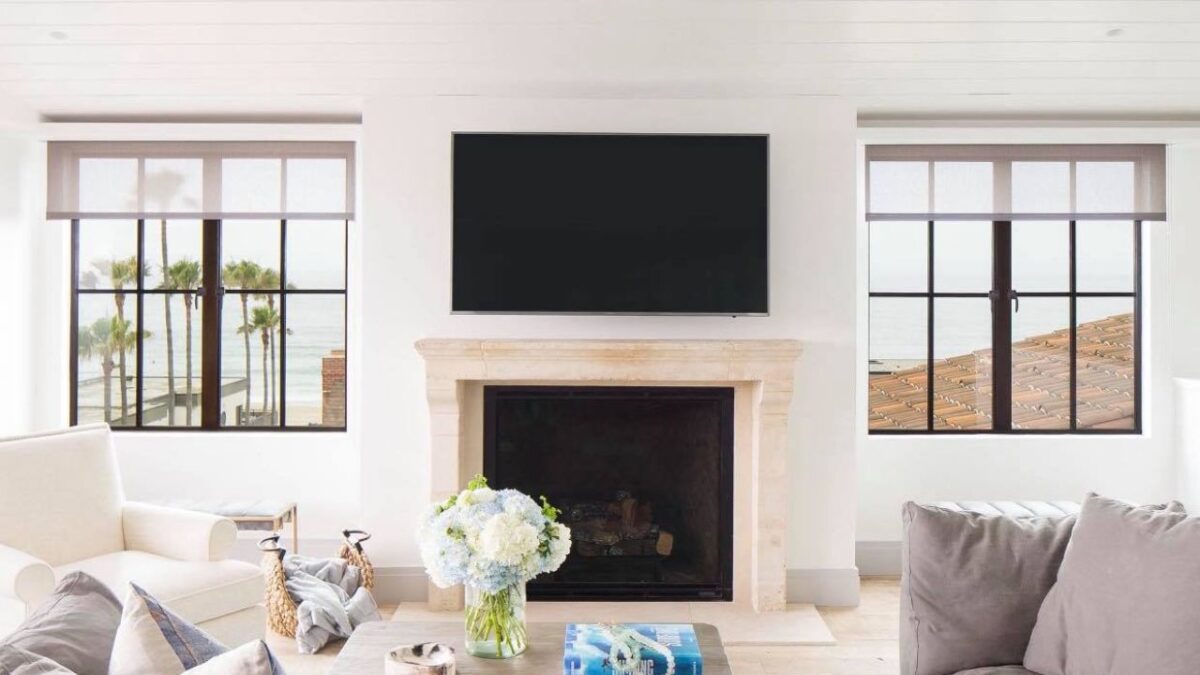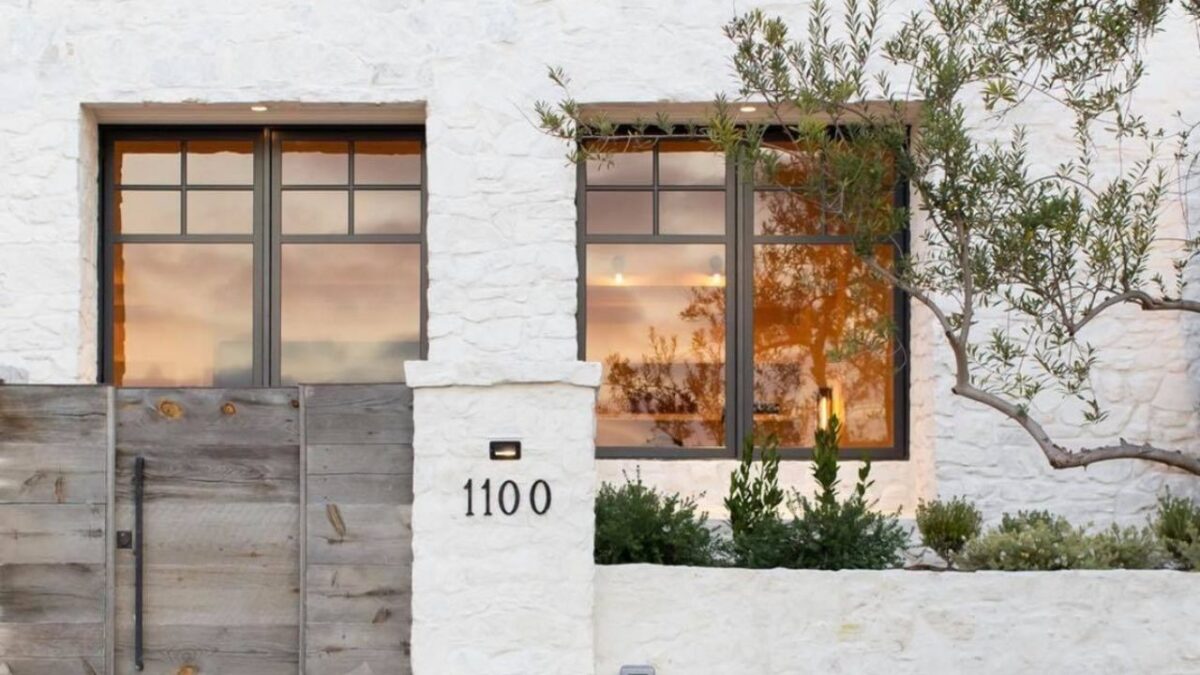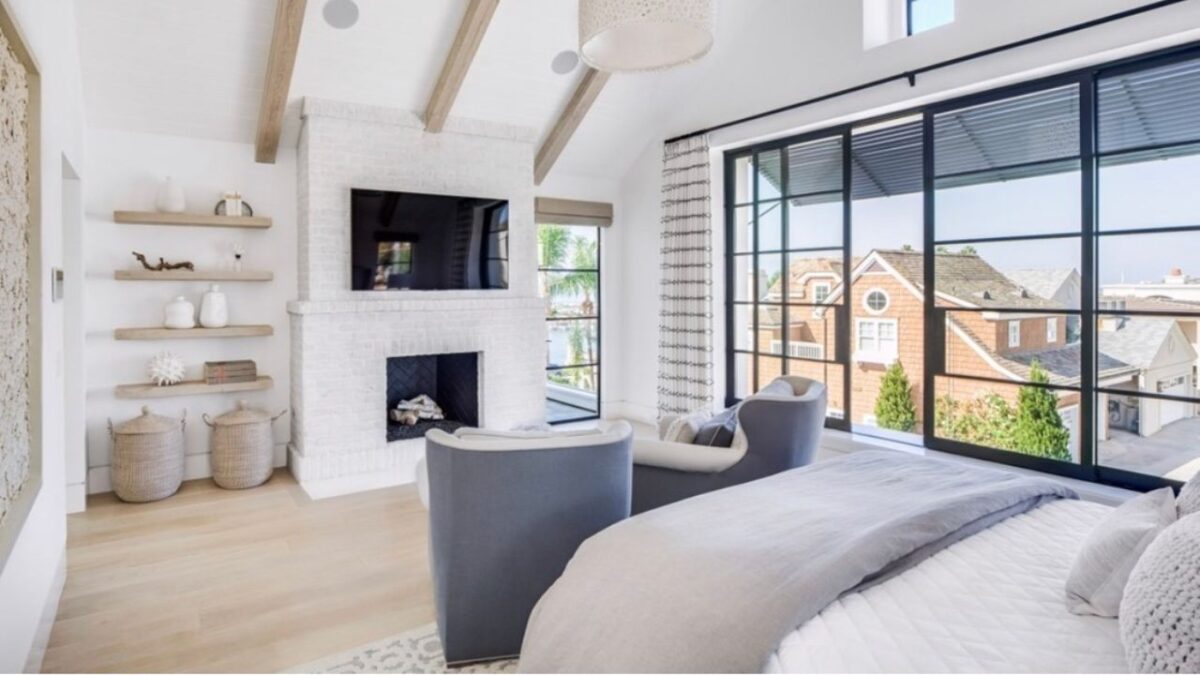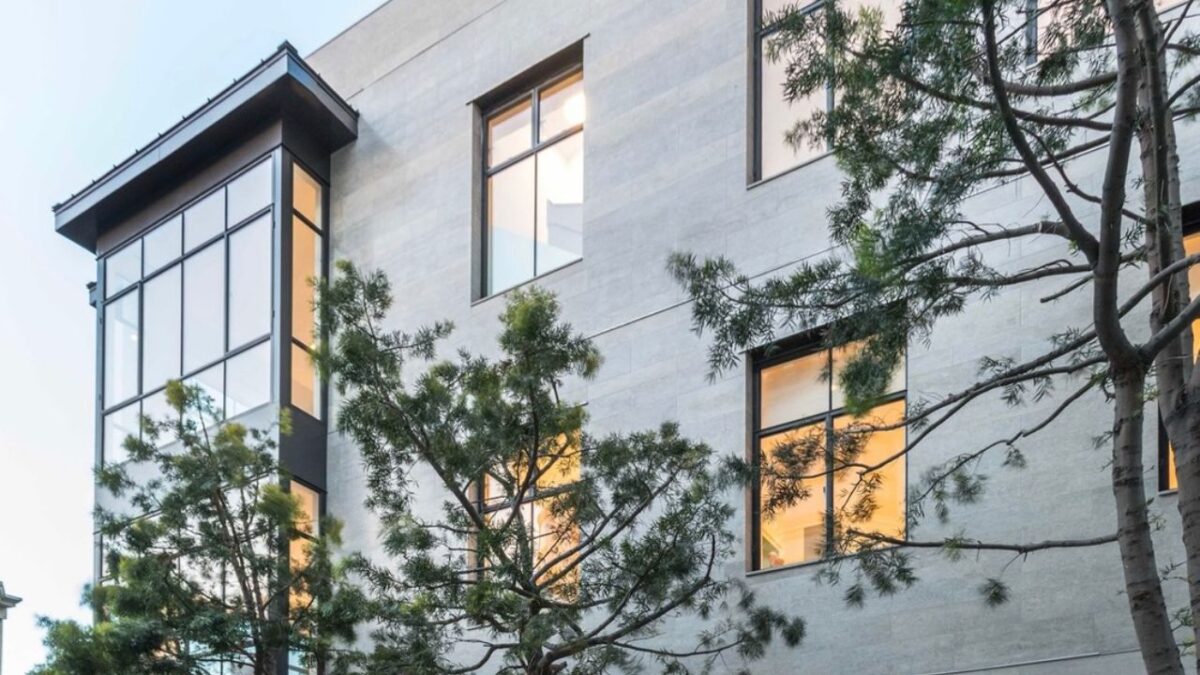Key Takeaways
- DIY window replacement may save money upfront but can lead to costly mistakes.
- Professional installation protects your warranty, home, and long-term performance.
- Complex window styles like steel curtain wall windows or casement windows should always be handled by experts.
- Structural issues, seal failures, and building code violations are more likely with DIY installs.
- Euroline Steel Windows and Doors offers expert support and high-end products that deserve expert installation.
Replacing Patio Windows: The Big Question
If you’re planning a window replacement project, you’re probably asking yourself one key question: Can I do this myself, or should I hire a professional?
While DIY window replacement may seem like a way to save money, it also comes with risks, especially for larger setups like curtain wall windows, window walls, or steel casement windows.
In this blog, we’ll explore the pros and cons of both options and help you figure out which path is right for your home improvement plans.
The Appeal of DIY Patio Window Replacement
DIY projects are popular for good reason. You may feel confident using tools, enjoy learning as you go, or simply want to cut down on costs.
Benefits of DIY Window Installation:
- Cost savings: You skip labor fees.
- Scheduling control: Work at your own pace.
- Learning experience: Great for those who enjoy hands-on home upgrades.
DIY can work if you’re replacing standard-sized vinyl windows or older single-hung windows and are following clear manufacturer instructions.
However, for custom window families or advanced products like EuroLine steel windows, the job quickly gets more complicated.
Risks of DIY: When It’s Not Worth It
Patio windows play a big role in your home’s look, comfort, and energy efficiency. Installing them wrong can lead to big problems.
Common DIY Problems:
- Poor sealing: Leads to leaks, drafts, and higher energy bills.
- Wrong fit: Even small mistakes in window frame measurements cause gaps or misalignment.
- No warranty: Most window manufacturers won’t honor warranties for DIY installs.
- Building code issues: Missed steps may break local building codes or affect future sales.
- Water damage: Improper sealing can cause rot or mold.
If your home has curtain wall systems, steel awning windows, or needs structural support, DIY becomes very risky.
When Professional Installation Makes More Sense
Hiring a professional installer brings peace of mind. It’s often the better choice—especially when dealing with complex layouts, large glass areas, or premium window types.
Advantages of Professional Window Replacement:
- Experience: Pros know how to handle large or custom windows.
- Right tools: Installers bring gear that ensures a tight fit and clean finish.
- Code compliance: Professionals follow all building structure and seismic requirements.
- Warranty protection: Work and materials are usually backed by a warranty.
- Faster results: Most projects finish in less time with fewer errors.
Professional window replacement is especially helpful when replacing casement windows with crank mechanisms, decorative glass, or energy-efficient glass.
Comparing Costs: DIY vs. Professional
At first glance, DIY seems cheaper. You might buy your DIY replacement windows from a big-box hardware store and skip installation fees.
But let’s break it down:
| Task | DIY Estimate | Pro Estimate |
| Standard window cost | \$400–\$700 | \$400–\$700 |
| Tools and materials | \$150–\$300 | Included |
| Labor | Free | \$200–\$500 per window |
| Repairs due to mistakes | \$200–\$1,000+ | Rare (if any) |
| Warranty protection | None | Included |
One misstep in a DIY project—especially on large units like glass curtain wall panels or window wall systems—can wipe out any savings.
Which Windows Are Easier to Install Yourself?
Some window styles are easier than others. You may be able to handle small upgrades like:
- Awning windows
- Hopper windows
- Simple vinyl windows
- Older wood windows in standard sizes
Even so, measuring and sealing still need to be done with care.
If your home includes Euroline Steel Windows and Doors, these windows are engineered with high-end materials like stainless steel, insulating glass, and advanced glazing options, which deserve expert handling.
Which Windows Should Always Be Installed by Pros?
Call a professional when working with:
- Curtain wall windows or steel curtain wall windows
- Multi-panel picture windows
- Custom window series with unique shapes
- Products with thermal breaks or triple-pane glass
- Systems that tie into French doors, window dressings, or large glass types
Pro installers also understand thermal expansion, blast loads, and glazing bead sealing—especially when using windows from the 1150S Window Series or TH-1450 Window Wall.
The Importance of Structural Integrity
Window replacement isn’t just about the glass. You’re cutting into your home’s structure. A wrong cut or weak frame can affect thermal efficiency, air flow, and even safety.
Professionals work with the existing building envelope, making sure everything from glazing type to hardware exposure fits correctly.
DIY work might skip hidden factors like:
- Structural strength
- Compression sealing
- Waterproof flashing
- Thermal performance under seasonal stress
Even if the window looks right from the outside, damage from poor installation can show up months or years later.
What About Time and Effort?
A single window installation can take several hours if you’re new to the process. Add more time for removing old units, preparing the opening, insulating, sealing, and trim work.
Pros of Hiring an Expert:
- Quick turnaround
- Less disruption to your home
- No extra trips to the store
- Guaranteed fit and finish
Cons of DIY:
- Long weekends of trial and error
- Uncertainty if things go wrong
- Higher chance of repair later
For large patio setups or homes with EuroLine steel windows, a licensed Replacement Window Company will finish the job correctly the first time.
When DIY Might Be Enough
If you’re experienced with tools, replacing one or two small windows may be fine. Just make sure to follow each step and check compatibility with your home’s design and systems.
Start with:
- Reading the full install guide
- Using high-quality sealants
- Measuring more than once
- Checking local building codes
- Choosing easy-to-handle window types
If you hit a snag—call a pro before it turns into damage.
Do It Yourself or Hire the Pros?
Both options can work, but they’re not equal for every project.
If you’re replacing standard windows on a single floor and have tools and time—DIY window replacement may work.
But for large patio areas, curtain walls, or high-performance windows like steel casement windows, a professional installer is the smart call.
At Euroline Steel Windows and Doors, our products are built to perform—and we recommend certified installation to match their high standards. Whether you choose awning windows, window wall systems, or custom window families, we’ll guide you through the best way to get results that last.
Need help planning your patio window upgrade? Our team can help you choose the best path—DIY or pro—and make sure your project is safe, stylish, and built to last.





